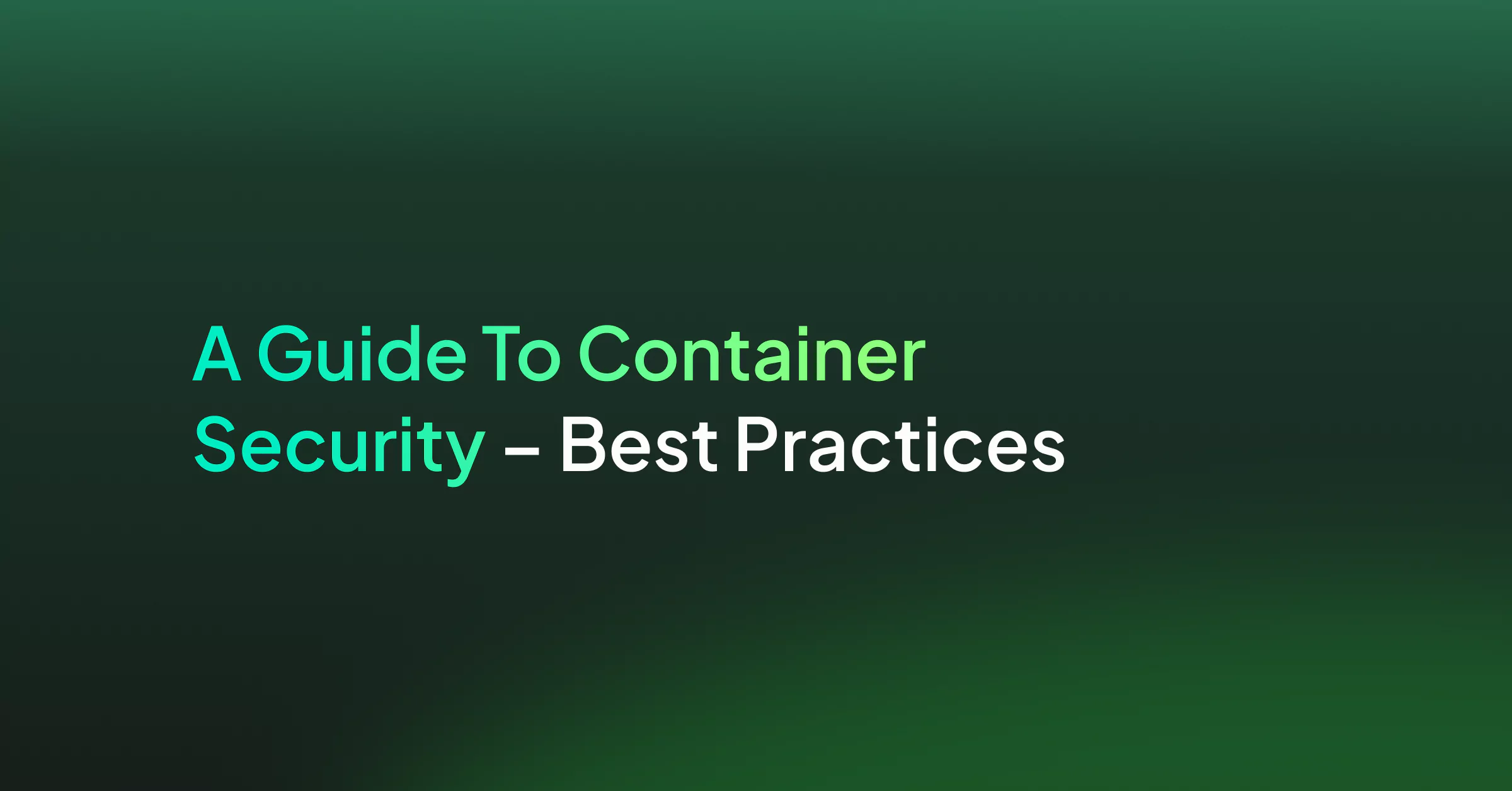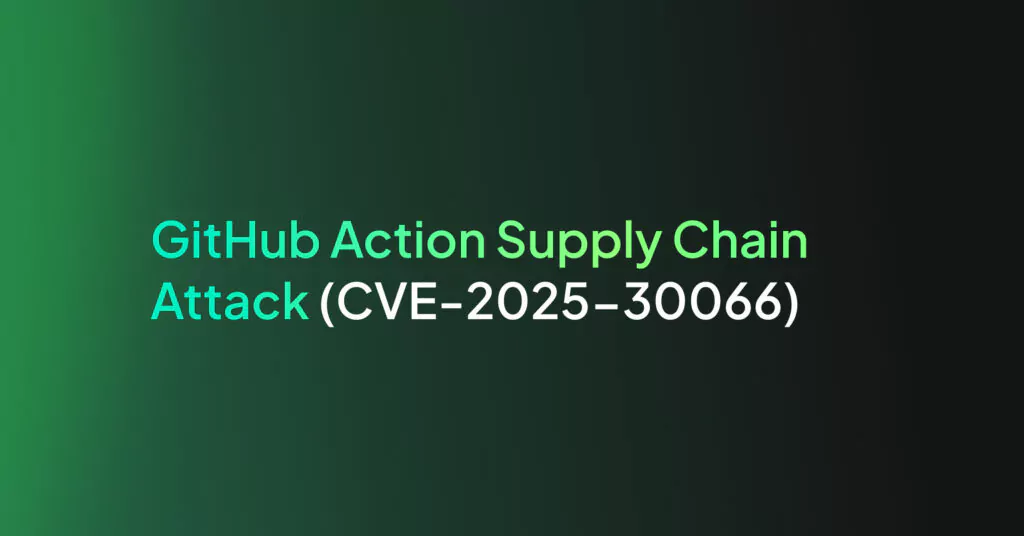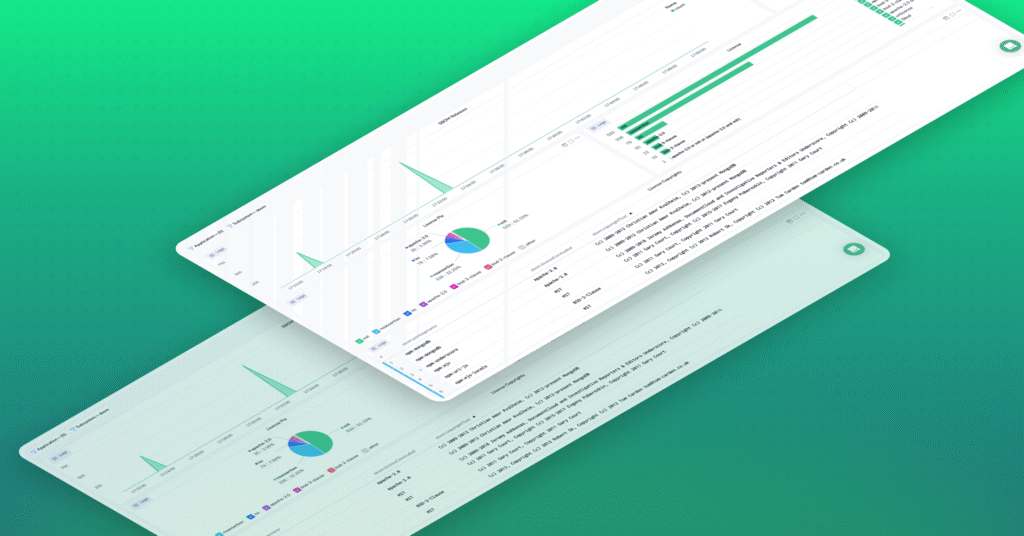A Guide To Container Security – Best Practices

With over 7.3 million docker accounts created in 2021, Docker’s popularity has seen a meteoric rise since its launch in 2013. However, more businesses using it also means attackers are incentivized to target docker vulnerabilities.
As per a 2020 report, 50% of poorly configured docker instances were subjected to cyber-attacks. And it’s not that easy to spot these poor configurations either because you must conduct checks at multiple levels.
What if attackers create a Malware-laden container and upload it to your company’s data repositories due to these poor configurations? The business impact this untrusted container can cause is horrifying, isn’t it?
Consider adding container security to your DevOps pipeline if you’re using Docker to set up containers and portability easily. With the rising number of organization-level cyberattacks, container security needs to be part of your overall security framework.
What is Container Security?
From CI/CD pipeline, container runtime, and protecting applications running on containers, container security encompasses risk management throughout your environment. The process of docker container security is similar, but you have to address a few safety concerns.
A prerequisite to container security is observability. Container-based deployments can include tens or hundreds of services being spun up at a given instant. Thus, logging and monitoring across these multiple cloud and on-premise environments become serious challenges. You need to use a full-stack observability platform like Coralogix to get a complete picture of your containerized environment’s health.
After you have observability in place, using a robust set of container security best practices will help you in the long term, especially when your company looks to expand the dockers in the environment. Let’s look at some of the prominent ones for protecting containerized applications.
Container Security Best Practices
1. Using minimal and secure base images
Cloud developers often use a large number of images for their Docker containers. If your project doesn’t require system libraries and utilities, you must avoid using an entire OS as a base image. Let’s understand why.
Bundling images can increase the chances of vulnerabilities. We recommend you use minimal images with just the right number of libraries and tools sufficient for your project. By doing so, you are consciously cutting down the attack surface.
2. Securing Container Runtime
In an agile setup, securing container applications’ runtime is typically the developer’s responsibility. In case of a network breach, it is vital to configure the runtime settings to curb the damage immediately. Developers need to keep track of container engine runtime settings.
Kubernetes comes with built-in tools that enhance container security, such as:
- Network policies – to finely control container behavior.
- Admission controllers – apply rules customized for specific attack parameters.
- Role-Based Access Control (RBAC) – fine-tune authorization policies at the cluster level.
- Secrets – use the secrets management tool to store your credentials instead of saving them in container images or configuration files.
- Falco – analyzes threats using its audit logging feature.
3. Securing Registries
In addition to ensuring docker container security, protecting the container infrastructure stack is equally essential. Registries (storage and distribution platforms for docker images) can act as a hub for vulnerabilities and malware.
As a safe practice, always provide role-based “need-to-know” access for any user that needs to access the registries.
4. Securing Container Orchestrators such as Kubernetes
Container orchestration means using tools to automate the operations associated with running containers. Orchestration platforms like Kubernetes help automate tasks like assigning specific nodes to containers and their efficient packing.
Although Kubernetes helps you manage container applications, it doesn’t secure the health of the underlying infrastructure. You must build observability at a full-stack level to keep track of system behavior.
To ensure real-time security, you need to leverage the log data stored by Kubernetes in the nodes. Forward these logs to a centralized observability platform like Coralogix, and you can now perform Kubernetes monitoring seamlessly.
5. Securing the build pipeline
You can create an additional security layer for your containerized applications’ CI/CD pipelines. Scan your container images during their entry into registries.
These checks help detect malicious code that slipped your security checks in the earlier stages of your build pipelines. How does this slippage happen?
Vulnerabilities may be absent at the source code stage but may enter as a part of dependencies as the code proceeds through the build pipeline. Tools like SAST or SCA, which perform checks at the source stage, may fail to detect these. Scanning at the registry stage improves the probability of detection of these vulnerabilities.
6. Securing deployment
Use these five steps to make your container deployment more secure:
- Run third-party debugging tools like the static analysis on your Container code. This step identifies coding errors that lead to security issues.
- Broaden your testing framework. In addition to testing functions, also cross-check dependencies and their associated vulnerabilities.
- Destroy affected containers instead of patching them. This practice will help avoid the chances of manual errors.
- Ensure your host system meets CIS benchmarks. The container software and orchestrator at the host need to satisfy this compliance standard to avoid insecure code.
- Restrict container privileges. Enabling root privileges and flags allows attackers to gain control outside the container and stage an attack.
7. Monitoring Container Traffic
Container traffic involves the continuous collection of application metrics needed for their health and smooth operation. As a developer, you can identify irregular traffic patterns in your container patterns via API monitoring. You can trace connections between containers and external entities.
Another safety practice is by strengthening your defenses against traffic sniffing via Kubernetes. Enable Transport Layer Security (TLS) to authenticate user identities at both ends.
Default Kubernetes permit unrestricted traffic between pods. You can tighten the traffic by configuring network policies.
Improving Container Security with Coralogix
As your container environment grows, traditional monitoring just isn’t enough. With applications distributed across environments, full-stack observability fills in the blind spots of complex IT systems and their dependencies.
Coralogix ensures the security of collaborative containerized environments via real-time observability and data analytics capabilities. You can view application metrics from logs, traces, and metrics on a single centralized dashboard, ensuring hassle-free troubleshooting and security control.




